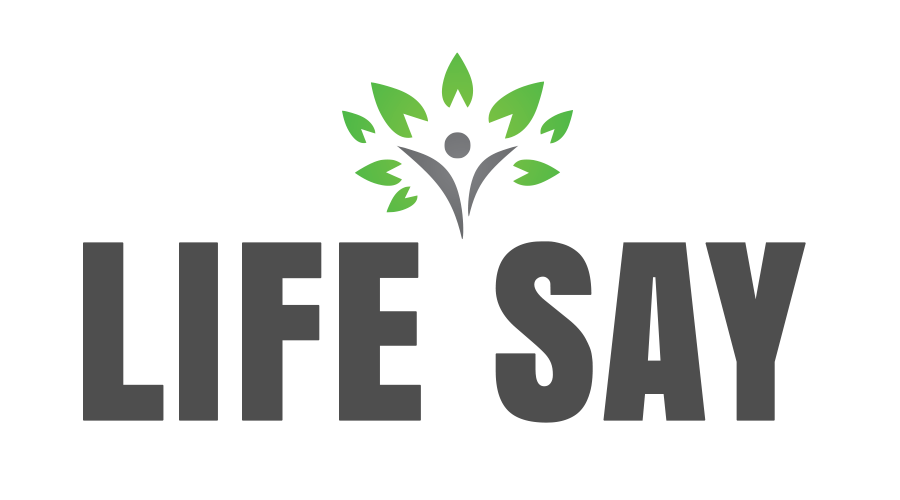Background checks are an important part of life. They help ensure that the people you interact with are who they say they are. But what does a background check actually include? Keep reading to find out.
What does a free background check include?
A free background check will generally include information about a person’s criminal history. This can include past convictions, arrests, and court proceedings. It can also include information about any outstanding warrants that the person may have. Free background checks usually include basic contact information like name, address, and date of birth. They may also include information about a person’s education and employment history.
When you request a free background check, the organization typically requires your name, date of birth, and social security number. This information is used to verify your identity and run a search of public records. A great source for free background checks is fast people. Fast people include information like addresses, phone numbers, aliases, divorce records, and services like background checks and reverse phone number lookup. For a free background check, the information that is included typically falls into one of two categories: public record or consumer report.
What is a public record?
Public record information is derived from criminal and court records. The availability of this information can be a great resource for individuals who are conducting a background check on someone, researching a legal case, or simply looking for information on a criminal. The types of criminal and court records that are included in a public record search can vary depending on the jurisdiction, but can generally include criminal records, court records, and police records.
Criminal records can include information on arrests, convictions, and incarcerations. Court records can include information on court proceedings, such as criminal cases, as well as civil cases. Police records can include information on law enforcement interactions with civilians, such as arrests and incident reports. There are a few essential things to remember when using public record information. The information included in public record searches is not always accurate or up-to-date. It is important to confirm the accuracy of the information before taking any legal action. Some other factors to consider include:
- The availability of public record information can vary depending on the jurisdiction.
- Not all criminal and court records are included in a public record search.
- Public record information is available for free or for a fee, depending on the jurisdiction.
- The use of public record information for personal or commercial purposes is subject to certain restrictions.
What is a consumer record?
Consumer records contain credit history, rental history, and employment verification. A person’s credit history is a detailed record of how they have handled their financial affairs. It includes information about loans, credit cards, and other debts. Credit history can affect a person’s ability to borrow money, get a job, or rent an apartment. Rental history is a record of where a person has rented housing. It includes information about the amount of rent paid, the length of the rental agreement, and any late payments or damage to the property.
A rental history can affect a person’s ability to rent housing. Employment verification is a record of a person’s employment history. It includes information about the company where the person worked, their job title, and how long they were employed. Employment verification can affect a person’s ability to get a job. In terms of how businesses define consumer records, consumer records are a type of record that stores information about consumers, including their contact information, account numbers, and purchase history.
Consumer records are important for businesses because they allow companies to keep track of their customers and their interactions with the business. This information can be used to create customer profiles, which can help businesses better understand their customers and improve their marketing efforts. Additionally, consumer records can be used to determine which customers are most likely to purchase a product or service and to identify potential areas for growth. There are a variety of ways to collect consumer data, including surveys, focus groups, and interviews.


